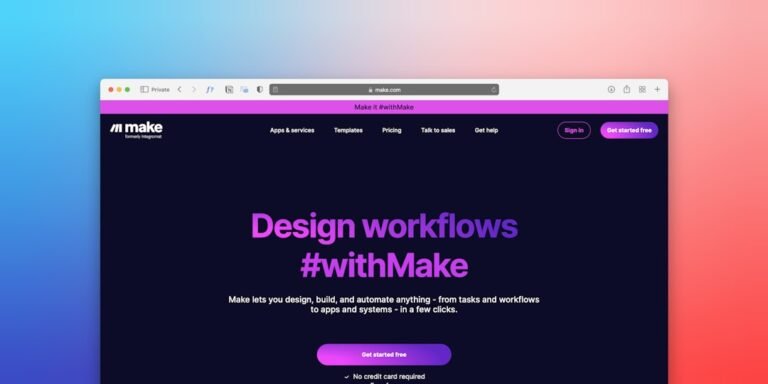google ads guide 2025
As we step into 2025, the world of digital marketing continues to evolve, and Google Ads remains a crucial platform for businesses to reach their target audience. With its vast reach and precise targeting capabilities, Google Ads can help you drive conversions, increase brand awareness, and boost your bottom line. In this comprehensive guide, we’ll walk you through the ins and outs of Google Ads, providing you with actionable tips, best practices, and expert insights to help you succeed in 2025.
Understanding Google Ads Basics
Before diving into the nitty-gritty of Google Ads, it’s essential to understand the fundamentals. Google Ads, formerly known as Google AdWords, is a pay-per-click (PPC) advertising platform that allows businesses to create and display ads on Google’s search engine results pages (SERPs), as well as on other websites and platforms across the internet.
Key Google Ads Terminology
**Campaign**:
A set of ad groups that share a common goal or theme.
**Ad Group**:
A collection of ads that target specific keywords or themes.
**Ad**:
A single creative unit that appears on Google’s SERPs or other websites.
**Keyword**:
A word or phrase that triggers your ad to appear on Google’s SERPs.
**Bid**:
The amount you’re willing to pay for a click on your ad.
Setting Up Your Google Ads Account
To get started with Google Ads, you’ll need to create an account and set up your campaigns. Here’s a step-by-step guide:
Step 1: Create a Google Ads Account
- Go to the Google Ads website and sign in with your Google account.
- Fill out the registration form with your business information.
- Verify your email address and phone number.
Step 2: Set Up Your Campaign
- Choose your campaign goal (e.g., sales, leads, website traffic).
- Select your target audience, including location, language, and demographics.
- Set your budget and bidding strategy.
Google Ads Campaign Types
Google Ads offers several campaign types to help you achieve your marketing goals. Here are the most common ones:
**Search Campaigns**:
Text-based ads that appear on Google’s SERPs.
**Display Campaigns**:
Image-based ads that appear on websites and apps.
**Shopping Campaigns**:
Product-based ads that appear on Google’s SERPs and Google Shopping.
**Video Campaigns**:
Video ads that appear on YouTube and other video platforms.
Keyword Research and Planning
Keyword research is a critical component of any successful Google Ads campaign. Here are some tips to help you get started:
**Brainstorm keywords**:
Think about your products, services, and target audience.
**Use keyword tools**:
Google Keyword Planner, Ahrefs, and SEMrush are popular tools for keyword research.
**Analyze competitors**:
Research your competitors’ keywords and ad copy.
Ad Copywriting and Landing Page Optimization
Your ad copy and landing page are crucial elements in converting users into customers. Here are some best practices:
**Write compelling ad copy**:
Focus on benefits, use keywords, and include a clear call-to-action (CTA).
**Optimize your landing page**:
Ensure a clear and concise headline, relevant content, and a prominent CTA.
Bidding Strategies and Budgeting
Google Ads offers several bidding strategies to help you achieve your marketing goals. Here are some popular ones:
**Cost-per-click (CPC)**:
Pay for each click on your ad.
**Cost-per-conversion (CPA)**:
Pay for each conversion (e.g., sale, lead).
**Cost-per-thousand impressions (CPM)**:
Pay for every 1,000 impressions of your ad.
Tracking and Measuring Performance
To optimize your Google Ads campaigns, you need to track and measure their performance. Here are some key metrics to focus on:
**Click-through rate (CTR)**:
The percentage of users who click on your ad.
**Conversion rate**:
The percentage of users who complete a desired action.
**Return on ad spend (ROAS)**:
The revenue generated by your ad spend.
Advanced Google Ads Features
Google Ads offers several advanced features to help you optimize your campaigns. Here are some popular ones:
**Remarketing**:
Target users who have previously interacted with your website or ad.
**Google Ads extensions**:
Add additional information to your ads, such as phone numbers or site links.
**Google Ads automation**:
Use machine learning to automate your bidding and ad targeting.
Conclusion
In this comprehensive Google Ads guide 2025, we’ve covered the basics, campaign types, keyword research, ad copywriting, bidding strategies, and advanced features. By following these tips and best practices, you’ll be well on your way to creating successful Google Ads campaigns that drive conversions and boost your bottom line. Remember to stay up-to-date with the latest Google Ads features and trends to stay ahead of the competition. Happy advertising!
About Relvixis: Relvixis is a Canadian-based digital agency specializing in results-driven solutions for businesses looking to grow online.
We offer expert services in SEO optimization, web development, social media management, and marketing automation.
Our team blends creative strategy with technical precision to drive leads, enhance brand visibility, and accelerate digital performance.
To learn more or schedule a free consultation, visit
relvixis.com.







